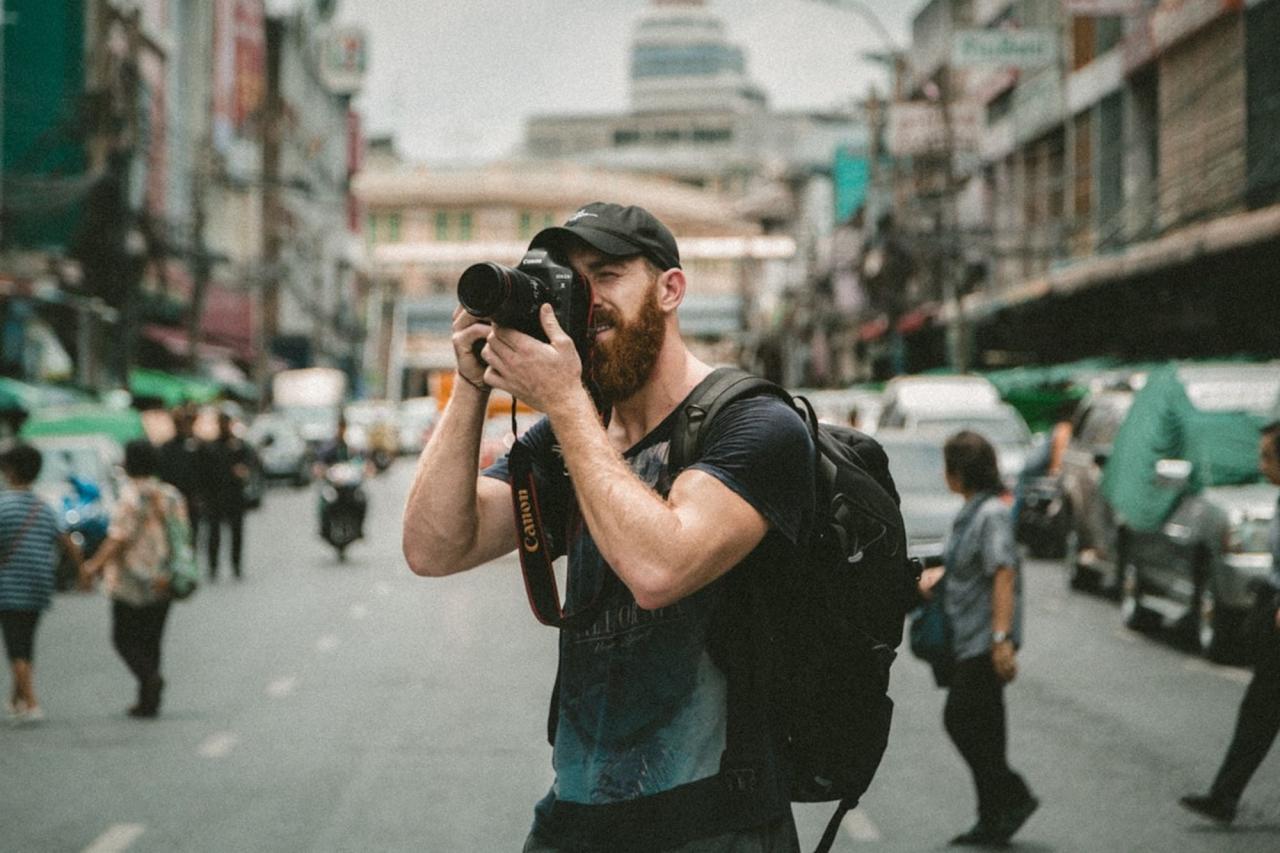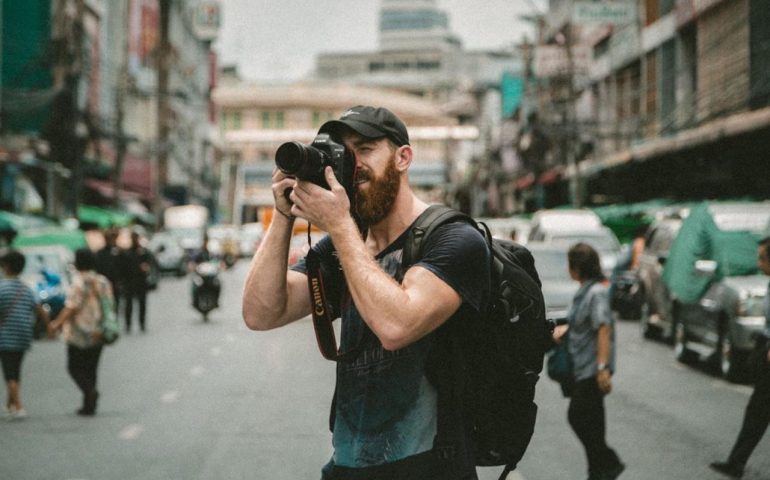Starting a photography side hustle can be an exciting way to earn extra income doing something you love. Here’s a comprehensive guide to help you get started:
1. Define Your Photography Niche
- Identify Your Passion: Determine what type of photography you enjoy the most, such as portrait, landscape, wedding, product, or event photography.
- Assess Your Skills: Evaluate your photography skills and identify areas where you may need to improve.
2. Invest in Essential Photography Gear
- Camera: Choose a digital camera that suits your photography style and budget. Options include DSLRs, mirrorless cameras, or even high-end smartphones.
- Lenses: Invest in quality lenses suitable for your chosen photography niche, such as a portrait lens, wide-angle lens, or macro lens.
- Tripod: A sturdy tripod is essential for stability, especially in low light or long exposure situations.
- Lighting Equipment: Depending on your niche, consider investing in lighting gear such as speedlights, studio lights, or reflectors.
- Editing Software: Use editing software like Adobe Lightroom or Photoshop to enhance and edit your photos.
3. Create a Portfolio
- Compile Your Best Work: Gather a selection of your best photographs that showcase your skills and style.
- Build an Online Portfolio: Create a professional portfolio website or use platforms like Flickr, 500px, or Behance to showcase your work.
4. Develop Your Brand and Pricing
- Choose a Name and Logo: Create a brand name and design a logo that represents your photography style.
- Set Your Pricing: Research market rates and set competitive prices for your photography services.
5. Legal and Business Considerations
- Business Registration: Depending on your location, register your photography business and obtain any necessary licenses or permits.
- Contracts: Create contracts for clients outlining services, expectations, and usage rights for photographs.

6. Market Your Photography Services
- Create a Marketing Plan: Develop a strategy to promote your photography services. This can include social media marketing, content marketing, and networking.
- Use Social Media: Utilize platforms like Instagram, Facebook, and Pinterest to showcase your work and attract potential clients.
- Networking: Attend local events, collaborate with other photographers, and join photography groups to expand your network.
7. Provide Exceptional Customer Service
- Communicate Clearly: Listen to your clients’ needs and communicate clearly about your services and pricing.
- Deliver on Time: Deliver your photos within the agreed timeframe and maintain professionalism throughout.
8. Expand Your Skills and Services
- Continuous Learning: Stay updated with photography trends, techniques, and equipment advancements through workshops, courses, and online tutorials.
- Offer Additional Services: Consider offering related services such as photo editing, photo book creation, or printing services.
9. Manage Your Finances and Time
- Track Your Finances: Use accounting software to track income, expenses, and profits related to your photography business.
- Time Management: Manage your time effectively to balance your side hustle with other commitments.
10. Feedback and Improvement
- Seek Feedback: Ask clients for feedback on your work and use it to improve your services.
- Continuous Improvement: Regularly update your portfolio and skills based on feedback and market demand.
Conclusion
Starting a photography side hustle requires dedication, creativity, and business acumen. By following these steps and continually honing your photography skills, you can build a successful photography business on the side of your main job.











No Comment